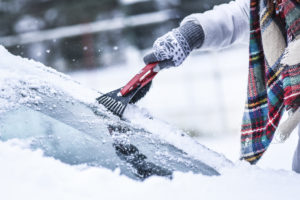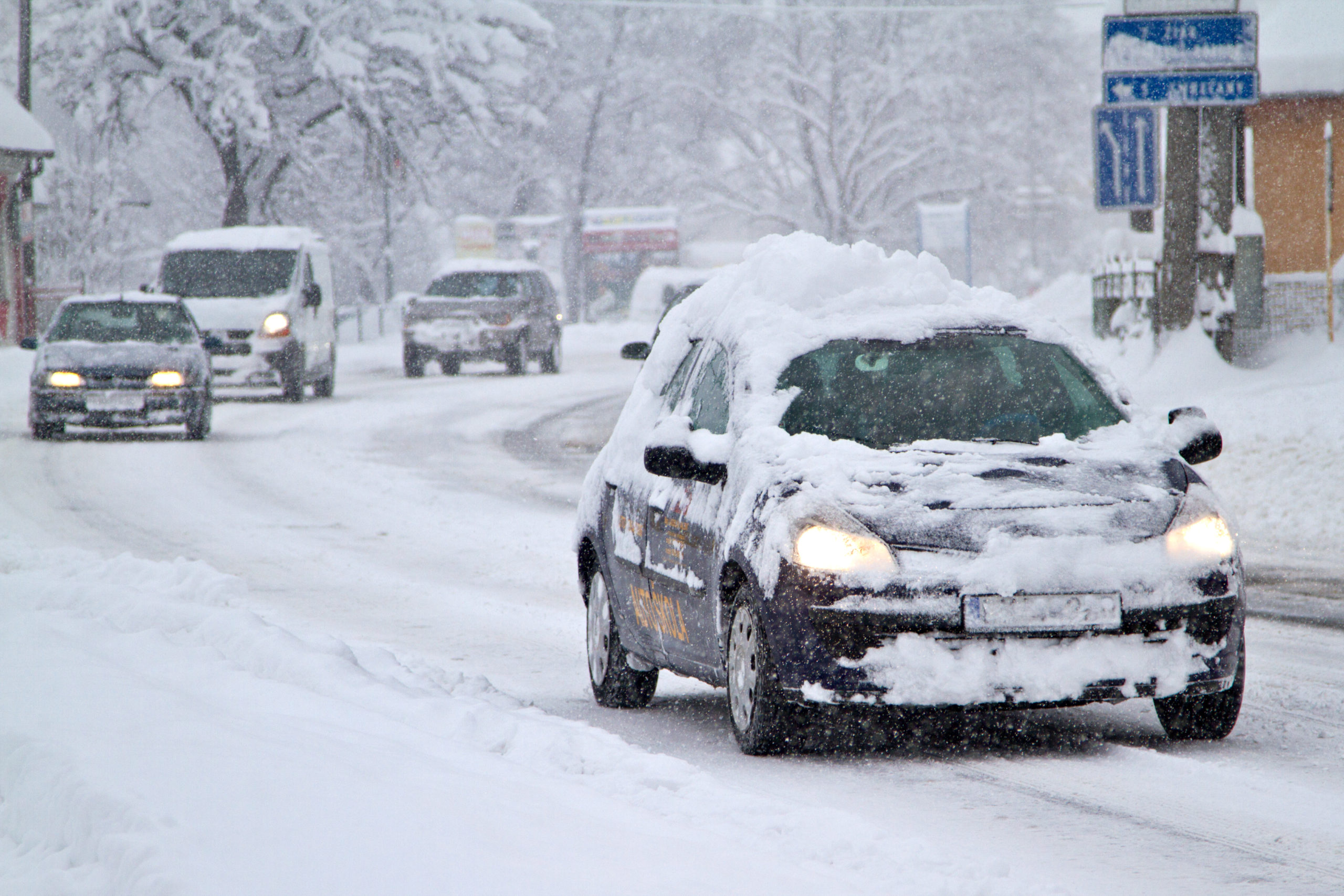The chilly winds of winter and treacherous road conditions have hit Ontario with full force, endangering citizens with an uptick in accidents. No one wants to be a statistic, and in order to avoid accidents you’ll need to take heed of winter driving safety tips.
According to the Royal Canadian Mounted Police, the statistics are clear that winter weather means an increase in accidents and injuries. Some of the unnerving numbers include:
- 30% of auto accidents occur on slippery, snowy or icy roads
- 33% of auto mishaps take place from November through February
- Over 52% of winter accidents result in at least one injury
- There is a 49% increase in collision-related claims in December and January
The Canadian Medical Association Journal (CMAJ) has made a plea for Canadians to cut down on dangerous winter driving behaviours and says we compare poorly to other snowbound countries.
“Canada does not fare well compared with some countries that have snowy winters, with twice as many population-adjusted traffic deaths as Sweden,” says the CMAJ. “This is unacceptable.
“Crashes year-round often occur from factors that are under our control: excessive speed, distraction, impairment and failure to wear seatbelts. Add in snow, ice or slush, and the risk is higher.”
There are a number of safety tips that you can take to limit the risks of driving in poor winter road conditions.
What Are The Best Winter Driving Safety Tips?
- Install Winter Tires
- First and foremost, installing winter tires will immediately make your drive safer. It can take up to 10 times longer to stop on snow and ice than it does on dry pavement. But the improved traction of wintertires helps to shorten braking distances by as much as 25%.
- Keep Snow Brush/Ice Scraper In Car
-
- It’s crucial to have a brush/scraper in the car and use it to maintain clear visibility at all times.

-
- Clear All Snow & Ice From Your Vehicle
- Before you head out, be sure to brush off all snow and ice from not only your windshield, as above, but also the hood and roof of your car. Snow blowing off your car can be a visual hazard for both you and other drivers.
- Slow Down & Stay In Control
- In wintry road conditions, it’s imperative to drive slower and in control, as you’ll need the extra reaction time.
- Steer carefully on curves and in slippery conditions to avoid skidding and don’t slam on the brakes. If you do skid, steer in the direction you want to go.
- Give More Space Between Vehicles
- Because of the aforementioned increase in stopping times, stay farther back from the vehicle in front of you in slippery road conditions.
- Carry A Winter Safety Kit
- This emergency kit should include: flashlight, emergency food and water, candles, blankets, booster cables, tow straps, a shovel and sand for traction.
- Avoid Passing A Working Slow Plow
- This can be dangerous for both your vehicle and the snow plow. Sightlines can be significantly reduced by blowing snow. The RCMP suggests staying back ten car lengths.
Winter is the worst time to be a distracted driver
Of course, the other standard safe driving tips apply even more so in the harsh winter weather:
- Don’t drive under the influence of drugs or alcohol
- Eliminate distractions such as texting or other phone or in-car entertainment-related activities
Despite doing all that we can to try to stay safe, the perilous winter driving conditions on Ontario roads can still sometimes lead to serious accidents. If you or a loved one has suffered the terrible consequences of a motor vehicle accident, call the team at Horowitz Injury Law immediately for a free consultation. For over 35 years, we have been supporting, comforting and helping car accident victims get the maximum compensation they deserve.
Contact us now at 416-925-4100 or at horowitzinjurylaw.com/contact-us/.




